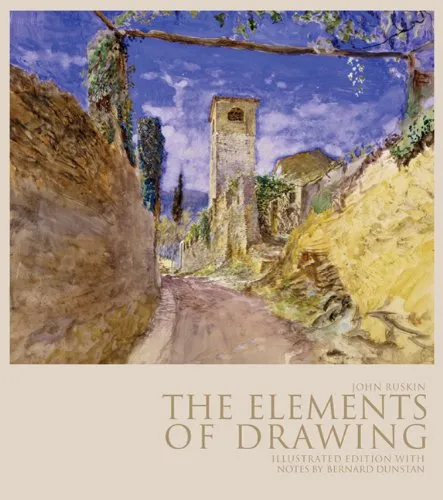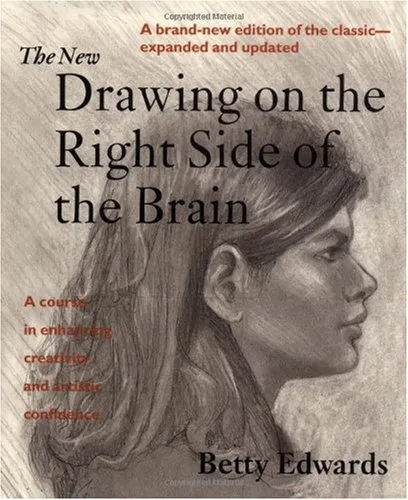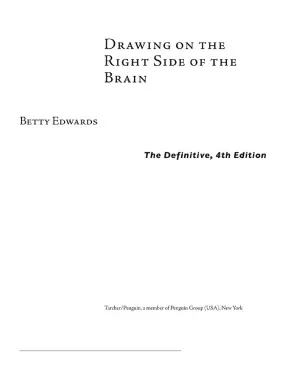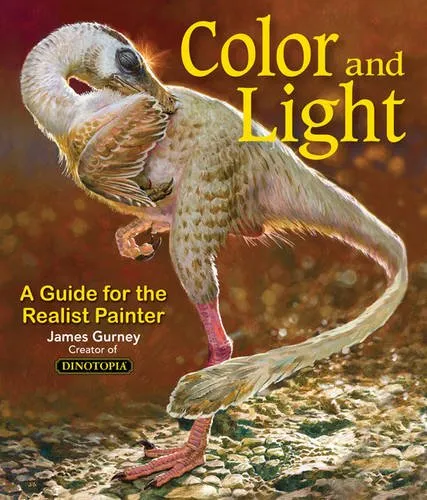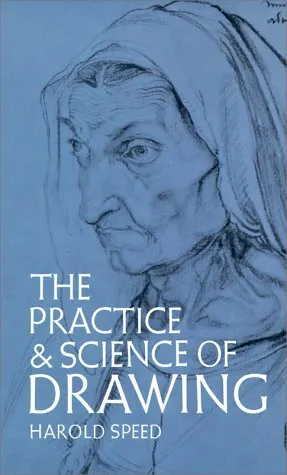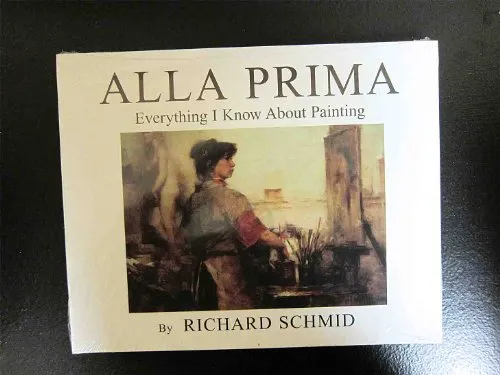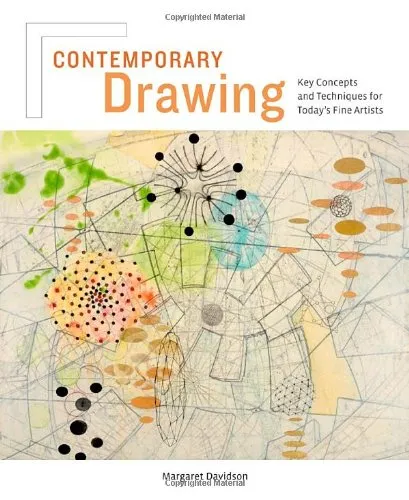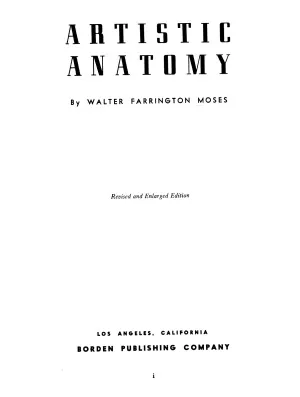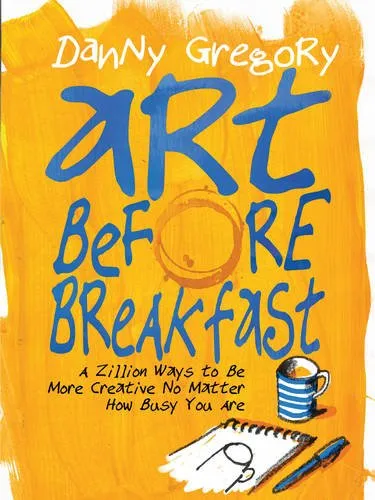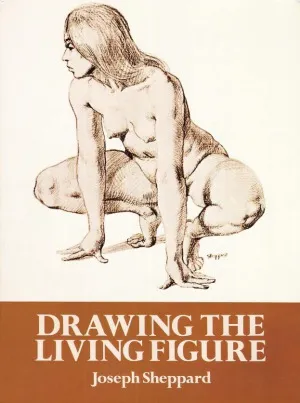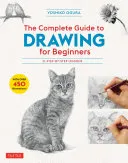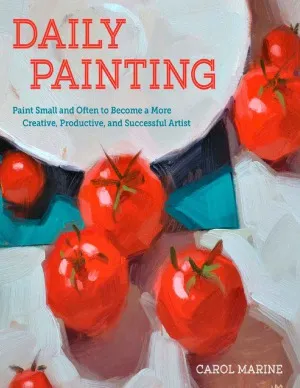The Elements of Drawing
4.7
Reviews from our users

You Can Ask your questions from this book's AI after Login
Each download or ask from book AI costs 2 points. To earn more free points, please visit the Points Guide Page and complete some valuable actions.Related Refrences:
Welcome to an enriching journey through the fundamentals of drawing as presented in John Ruskin's masterpiece, The Elements of Drawing. This book serves as a timeless manual for both beginners and seasoned artists who seek to hone their skills and explore the depths of visual expression.
Detailed Summary of the Book
In The Elements of Drawing, John Ruskin demystifies the art of drawing, presenting it as an endeavor accessible to anyone willing to understand and observe carefully. The book is laid out in a series of lessons that methodically build upon each other, from the simplest outlines to more complex representations of nature and architecture.
Ruskin begins by emphasizing the importance of perception, teaching readers how to truly see the world around them. He introduces fundamental techniques such as contour drawing, shading, and perspective. More than just a technical guide, Ruskin’s work encourages a shift in mindset, urging artists to imbibe patience, perseverance, and devotion to their art. The text is enriched with illustrations that exemplify the principles discussed, making it a practical and interactive experience.
Key Takeaways
One of the central messages of Ruskin's work is that drawing is a skill that can be developed through practice and meticulous observation. Here are some key takeaways:
- Observation Over Technique: Ruskin advocates for seeing accurately before attempting to draw, believing clarity of vision will naturally lead to improved technique.
- Art as a Reflection of Nature: Ruskin insists that one of the main purposes of art is to reflect the beauty of nature, thus learning to draw is learning to appreciate the world.
- Progressive Learning: The book is structured to gradually build drawing skills, encouraging incremental progress rather than overwhelming the reader with complexity.
- Mental Discipline: Ruskin notes that the practice of drawing cultivates mental attributes such as patience and attentiveness, which can apply to broader aspects of life.
Famous Quotes from the Book
John Ruskin's eloquent prose is filled with insightful observations that resonate with readers across generations. Here are a few memorable quotes:
"The greatest thing a human soul ever does in this world is to see something, and tell what it saw in a plain way."
"No man ever became a great painter who paid any equal attention to minor subjects."
"The art is not in making money, but in keeping it from you."
Why This Book Matters
The Elements of Drawing stands as a significant work in the field of art education due to its unique approach and enduring relevance. At its core, the book transcends mere technical guidance, offering philosophical insights into the nature of creativity and the role of the artist. Ruskin's emphasis on seeing rather than merely looking challenges readers to develop deeper connections with their surroundings, enriching their creative processes.
Furthermore, the book remains a cornerstone in art instruction because it advocates for a holistic approach to learning, combining practical exercises with a cultivated appreciation for art as an expression of human experience. Ruskin’s teachings underscore the notion that art is not an elitist pursuit but a universal language accessible to all, enhancing not just artistic capabilities but also enriching one’s personal and aesthetic understanding of the world.
Both thought-provoking and instructional, The Elements of Drawing continues to inspire and guide aspiring artists and art appreciators, contributing to its lasting importance in the canon of art literature.
Free Direct Download
You Can Download this book after Login
Accessing books through legal platforms and public libraries not only supports the rights of authors and publishers but also contributes to the sustainability of reading culture. Before downloading, please take a moment to consider these options.
Find this book on other platforms:
WorldCat helps you find books in libraries worldwide.
See ratings, reviews, and discussions on Goodreads.
Find and buy rare or used books on AbeBooks.
1609
بازدید4.7
امتیاز0
نظر98%
رضایتReviews:
4.7
Based on 0 users review
Questions & Answers
Ask questions about this book or help others by answering
No questions yet. Be the first to ask!
